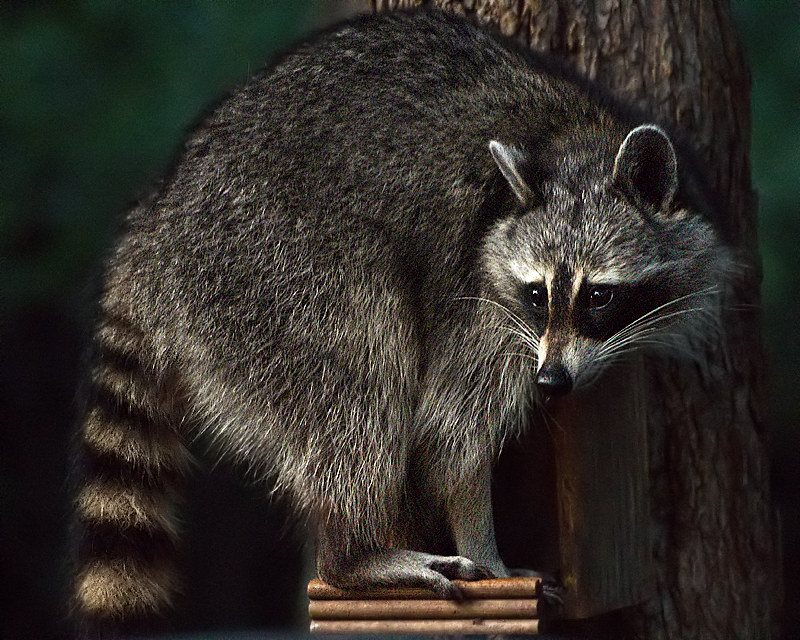 Originally posted by photoptimist
Originally posted by photoptimist 
And simple physics proves that a 75 mm lens at f/4 & 1/1000 shutter speed on an FF camera gathers more than twice as many photons (that's the signal) as a 50 mm lens at f/4 & 1/1000 shutter speed on an APS-C camera.
On A Nikon D800 the Depth of field 75mm at 10 feet is from at ƒ5.6 in 9'2" to 11'0 or 22 inches. (As per
Depth of Field Table)
On Pentax K-30 at 10 feet and ƒ4 9'1.5" to 11'1 inches9" or 23.5 inches.
To come close to matching the DoF of the K-30 with the D800 (or K-1) you need to close your aperture a stop, and it still doesn't quite make it.
So for the same image ( which would be the image with the same DoF you need to shut down the K-1 another stop, and the total light for the same image is the same.
I have done this so many times, I'm getting sick of it. Someone should make a sticky.
Listen, if you don't believe me, pick your own test go to the DoF chart and do it yourself. I've done it at least 5 times and it's always the same. A 50mm lens on APS-c has more Depth of Field than a 75mm lens at the same distance on a K-1. I've even tested this myself out in the parking lot.. That's why small sensors excel at keeping everything in focus. From the same distance with an equivalent lens, the you get more and more DoF at the same aperture, the smaller the sensor is.
Only when you cheat on the DoF do you get more total light. Same image, same distance, same DoF, same total light. Your "simple physics proves" point actually proves you can prove anything you want with simplel physics by leaving out relevant parameters (clearly over simplified) , and hoping your readers are too ignorant to pick up the mistake.
The question remains, why did you need to do that? What axe are you grinding?
This was the constant argument of all the "Pentax doesn't have an FF" people before the K-1 came out. People who were constantly advocating switching to Canon or Nikon, to take advantage of "total light".


 Similar Threads
Similar Threads 




 Color holds very well at ISO 800, but deteriorates some as you go higher.
Color holds very well at ISO 800, but deteriorates some as you go higher. 












 Post #17 by Rupert
Post #17 by Rupert








